
Revisiting Handloom Industries During COVID-19 Pandemic – Through the lens of South West Garo Hills, Meghalaya
- By Pritiraj Brahma and Anamika Deb
- August 24, 2020
Share This Story
Coronavirus pandemic have forced the mankind to not only adapt the new habits of interacting with people but have also made the organizations restructure their business operations. The handloom industry could however take the maximum benefits even while following the set norms of COVID-19 pandemic situation like 1 metre distance between people at work and public.
The traditional format of loom that is used by the tribal people of Northeast India have a unique frame which keeps the next loom at a distance of at least 2 metre from each other. The practice of weaving is normally done at the backyards of the households or in the weaving halls which are generally in big building infrastructures quite away from the hustle of people. The handloom industry is so much in discussion today because of the new trend of handloom woven mask. In the “new normal” wearing a mask has become a part of our life. The cost effective model, applying the traditional loom practice could easily grab the market of costly masks like N95 / single -use surgical masks which are sold with great enthusiasm and price tag in online platforms.
Figure 1: Comparative Price Analysis

Table 1: Cost, Revenue & Timeline Analysis [based on prices at Meghalaya/Northeast]
|
Type |
Cost of piece of single cloth[INR]: Raw Material + Marketing |
Revenue [INR]: Minimum Earning Capacity |
Timeline to get finished product |
Product Timeline – Manufacturing to Market |
|
Simple mask [without any design] |
50 – 150 (area size of clothe typically prepared >=120 sq. inch) [at least 10 masks per piece of cloth in minimum, size of typical mask is 2 inch by 6 inch: area size = 12 sq. inch] |
200 [per mask at the rate of 20 INR] |
0.5 – 1.5 hr per clothe 5 – 7 masks per hour [manually by hand, single person] |
2-4 days from manufacturing to market [local] Sales within a week [district level market] |
|
Designed mask [floral over body] |
180 – 250 (area size of clothe typically prepared >=120 sq. inch) [at least 10 masks per piece of cloth in minimum, size of typical mask is 2 inch by 6 inch: area size = 12 sq. inch] |
500 [per mask at the rate of 50 INR] |
1.5 – 2 hr per cloth 3 – 5 masks per hour [manually by hand, single person] |
2-4 days from manufacturing to market [local] Sales within a week [district level market] |
SOURCE- SHGs based in SWGH, Meghalaya
The district currently has 847 return migrants [registered in phase I] at corona virus return migrant portal, the labour Inspector Mr. D Hajong also shared that this is 1/10th of migrants that are returning in the Garo Hills region. As South West Garo Hills is known as handloom driven district, so, capacity building of the community could be an immediate measure keeping in align with the schemes like ATMANIRBHAR launched by the Honourable Prime Minister of India. This is the kind of industry which can continue functioning following all the norms of COVID-19 and that too creating a product that is in demand in the present market. The district is in possession of the largest weaving centre in Meghalaya state which can host 1200 weavers within its premises that was inaugurated by then Union Minister of Textiles in 2017; and this could be best utilized during the covid-19 pandemic situation.
An integration approach of local designers and weavers, training of returnee migrants through subsidy schemes, the livelihood of migrants and non-migrants, could boost the economy of the district and the state. For culturally rich people of South West Garo Hills district, revisiting the Handloom industry with an initial step to meet the demand of “handloom mask” could be one of the biggest step that could be taken by the Government.
Reference:
-
Textiles, M. o. (n.d.). Office of the Development Commissioner. Retrieved from Handlooms: http://www.handlooms.nic.in
-
Window, N. (2017). Archives. Retrieved from The Northeast Window: http://www.thenortheastwindow.com/category/development/
-
Window, N. (2017). NorthEast Window. Retrieved from Cover story Archive: http://www.thenortheastwindow.com/category/cover-story/
-
Blog, T. S. (n.d.). Swatini Initiative. Retrieved from Swatini Initiative: http://www.swaniti.com/category/swaniti-blog/
-
VASU. (n.d.). Project Meghalaya. Retrieved from VASU: https://vasu.org.in/meghalaya/
-
Meghalaya, P. D. (2020). Meghalaya Entrepreneurship Promotion Strategy 2020-2025. Shillong: Planning Department.
-
Sericulture, D. o. (2018). District Administration. Retrieved from South West Garo Hills District: http://southwestgarohills.gov.in/offices.html


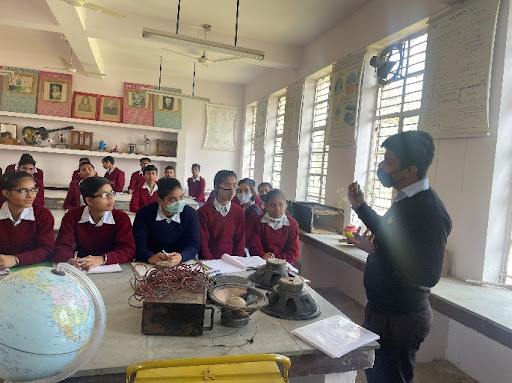
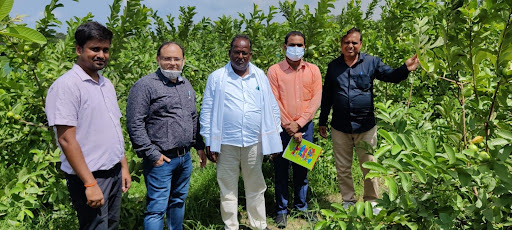

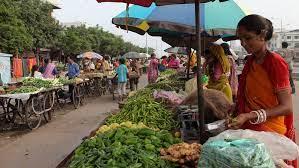
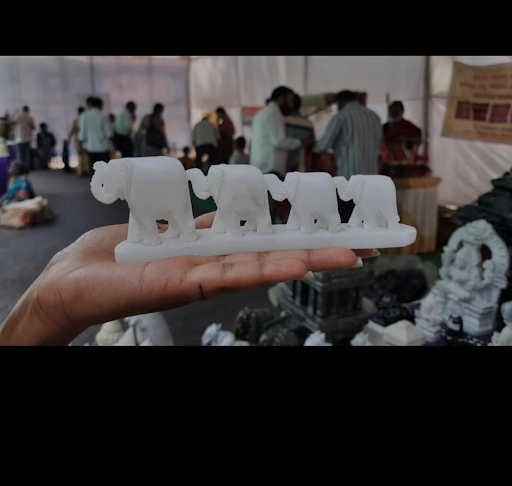
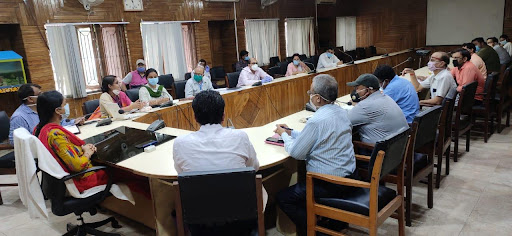

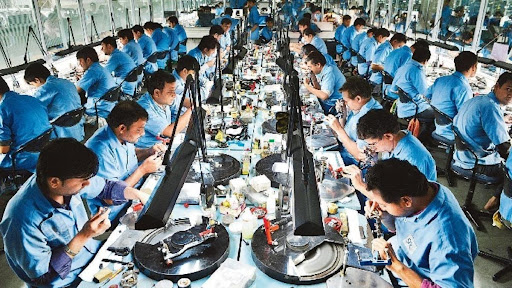

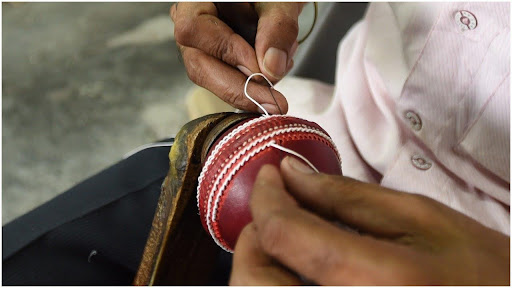
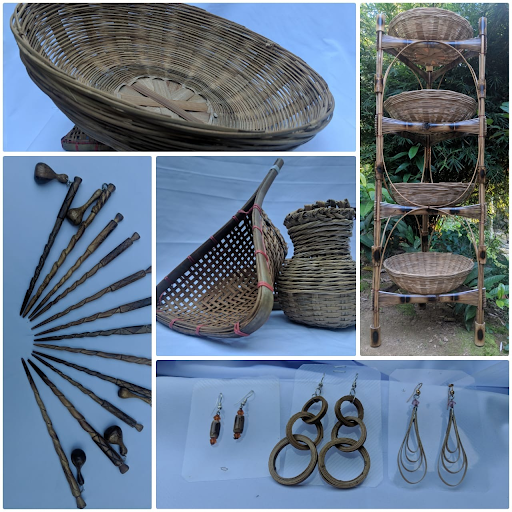

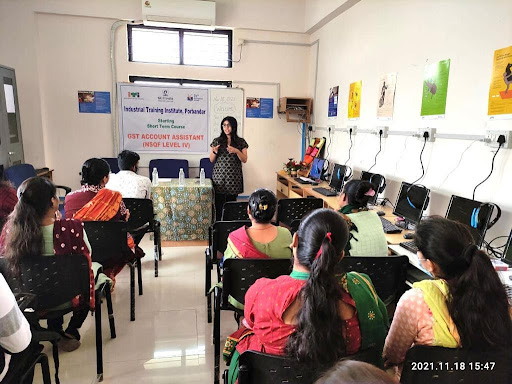
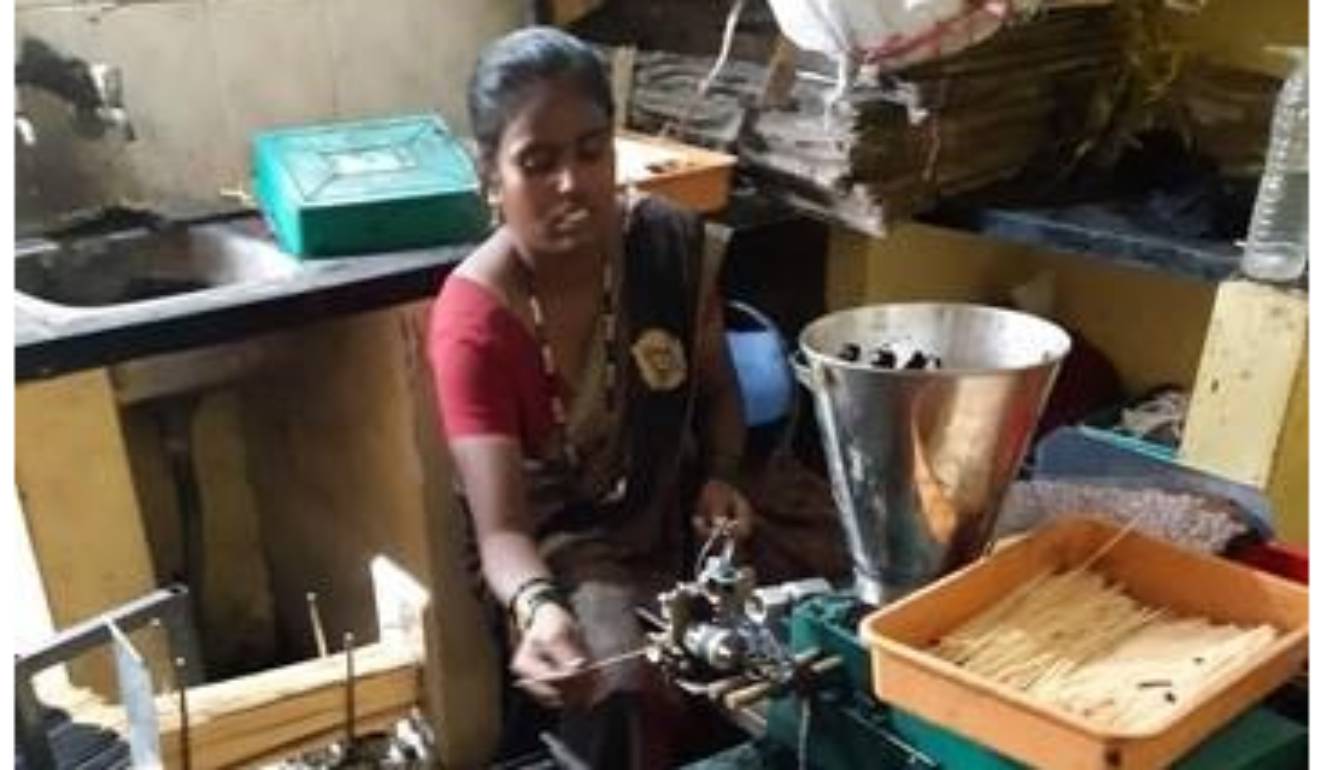
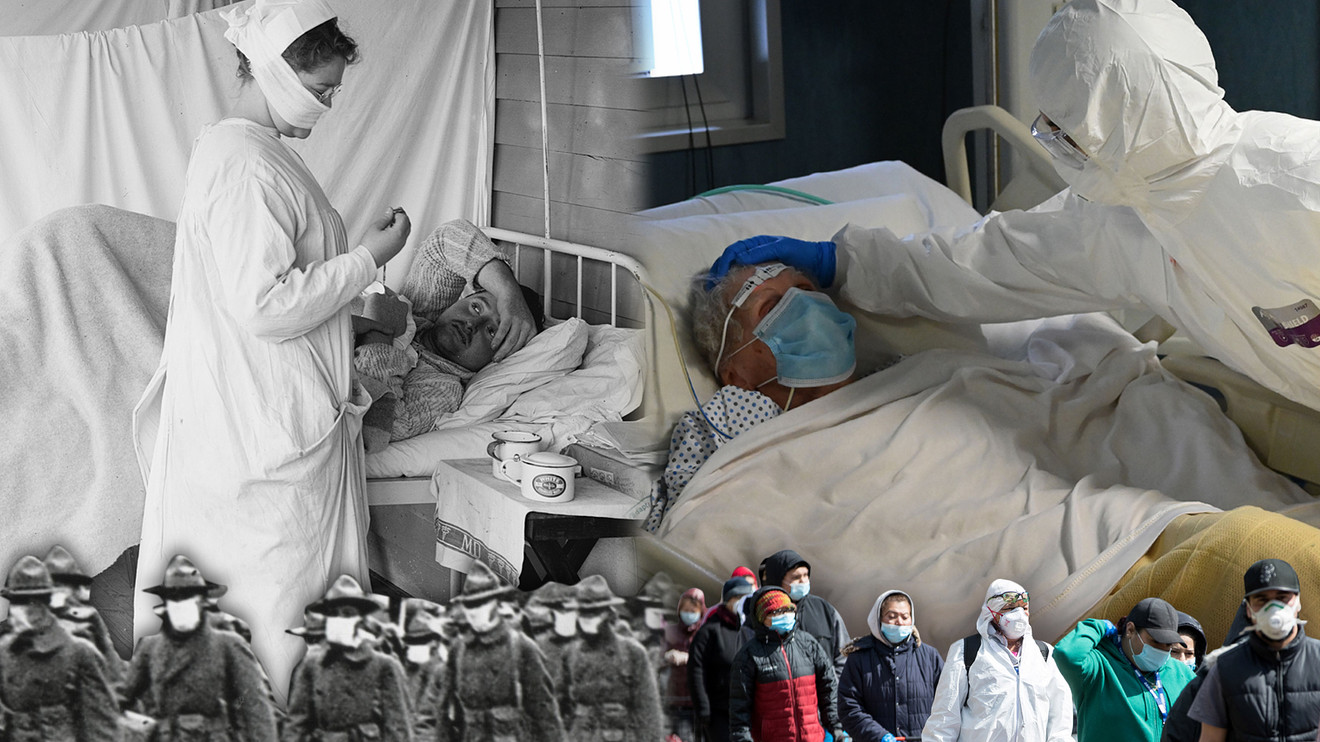
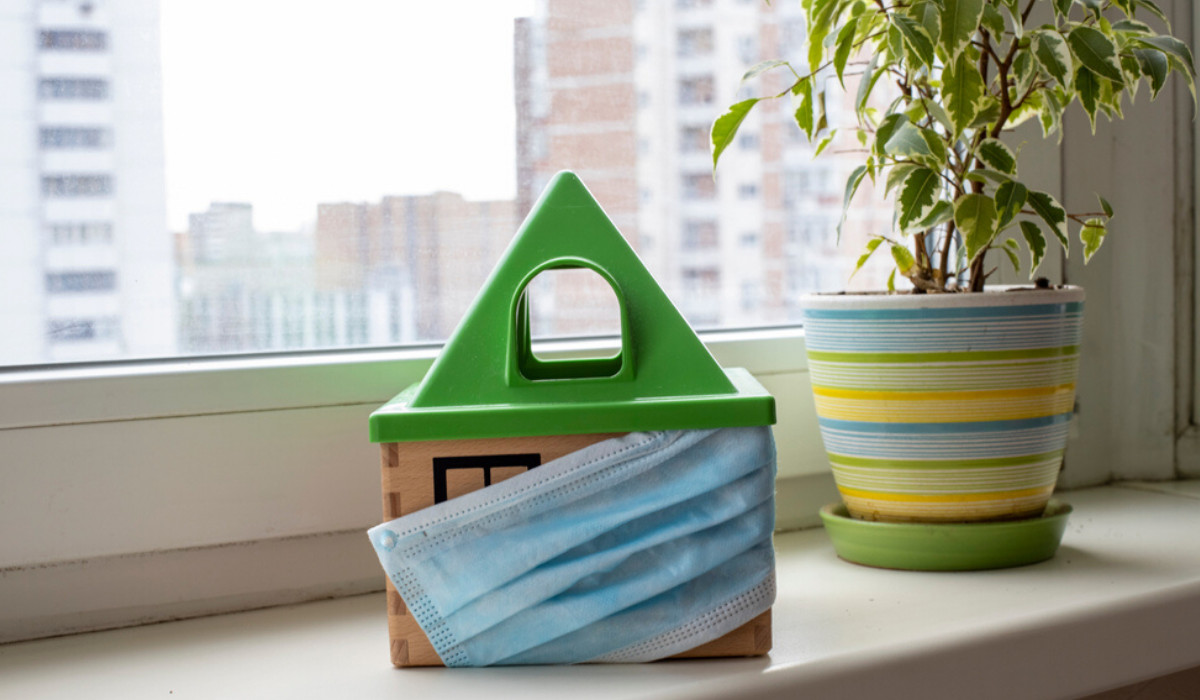

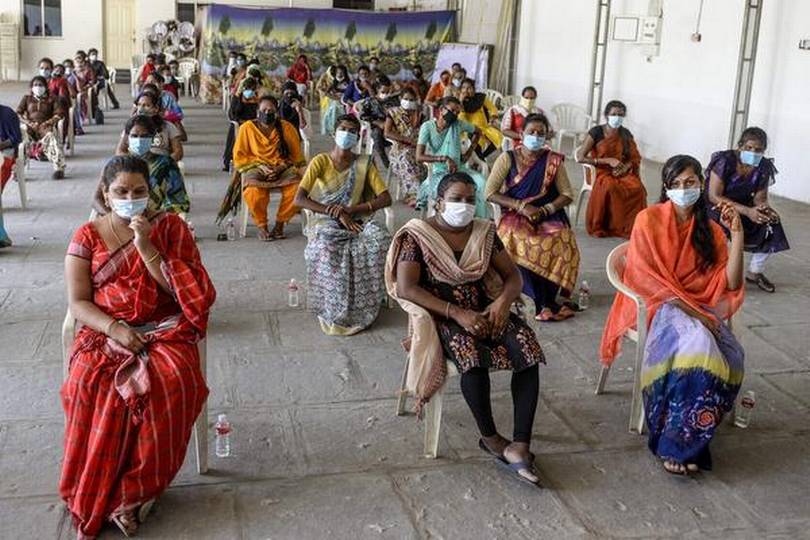













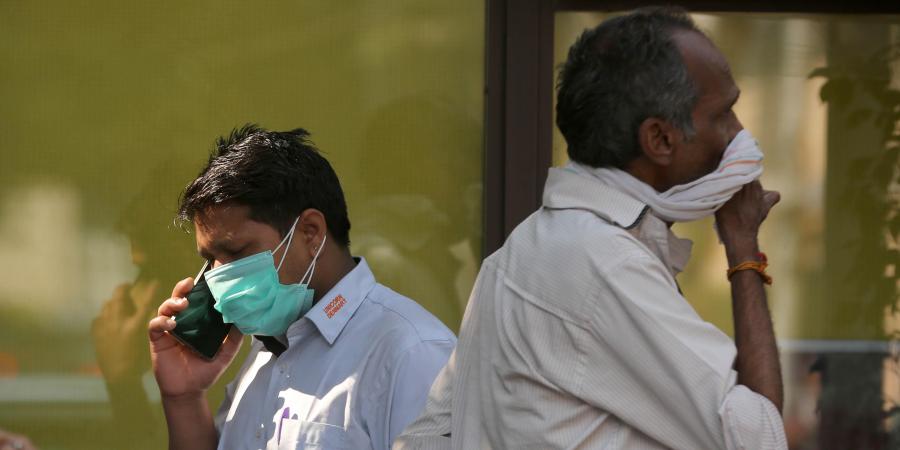
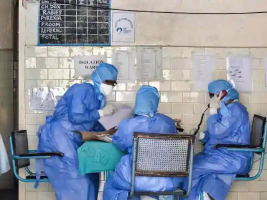
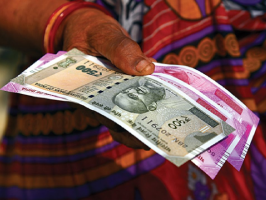
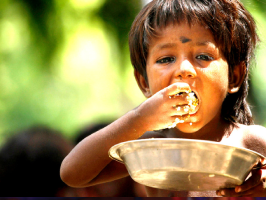
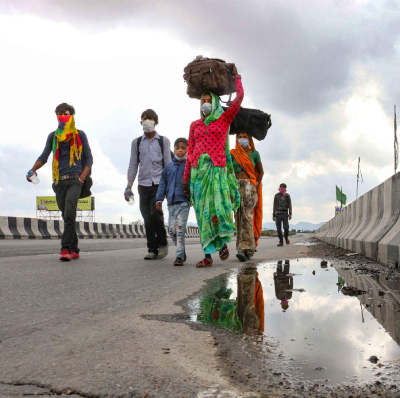
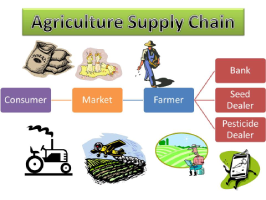
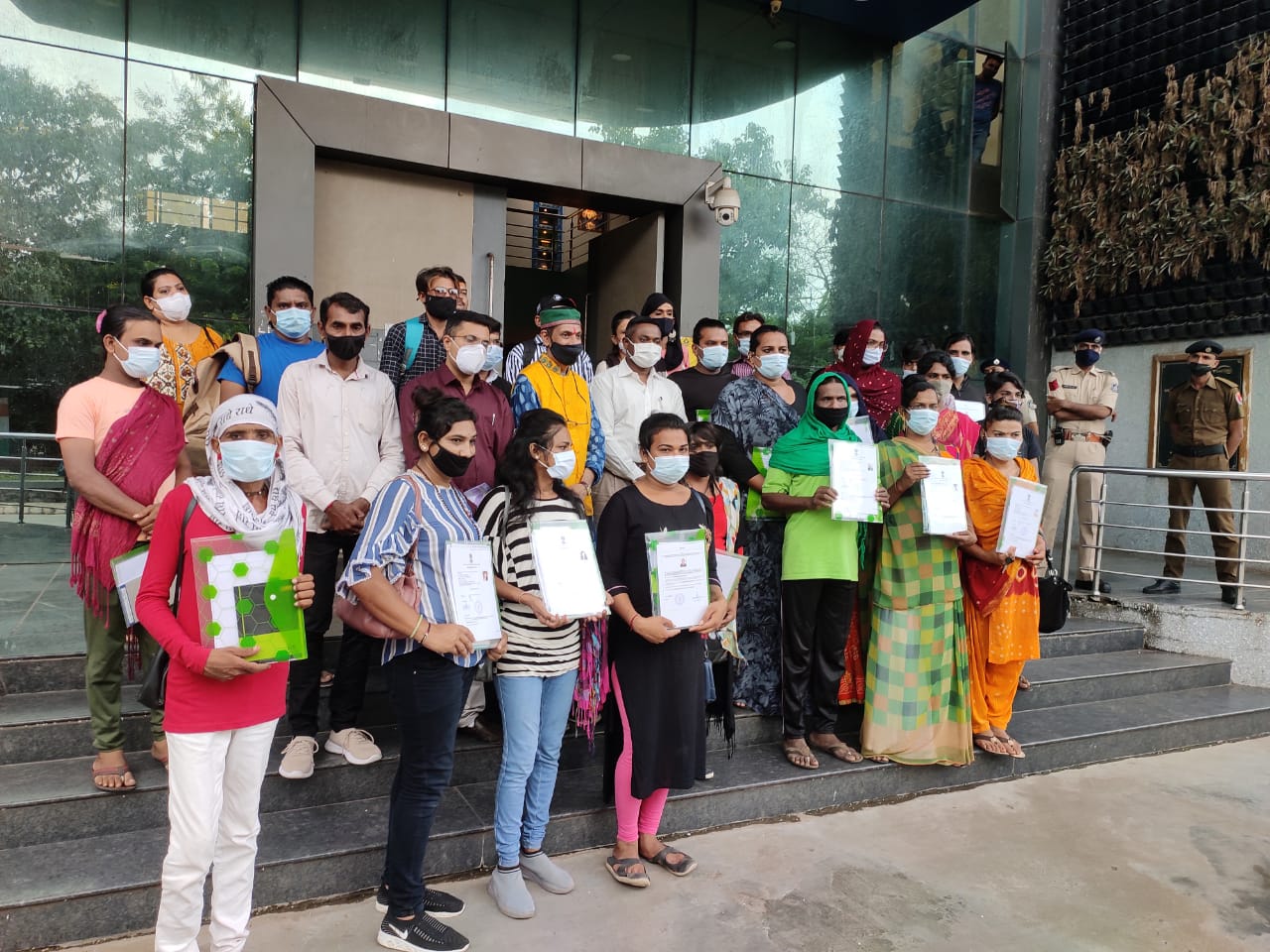
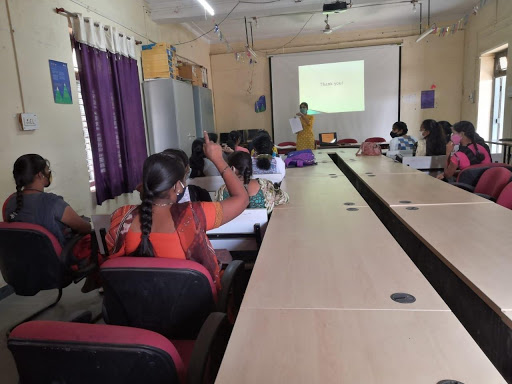



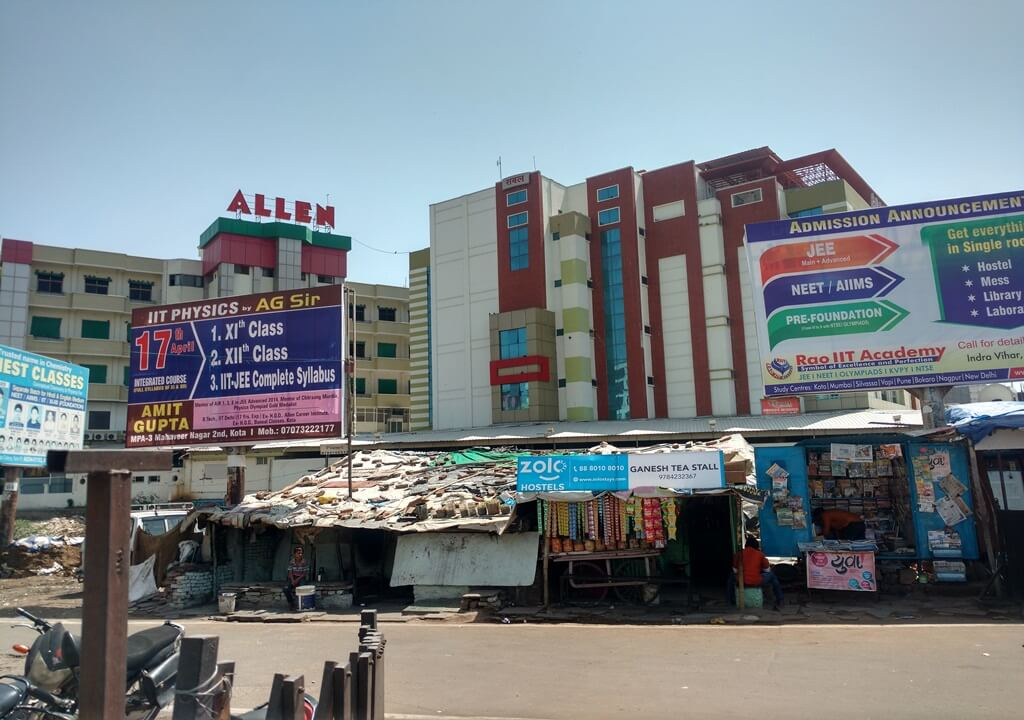
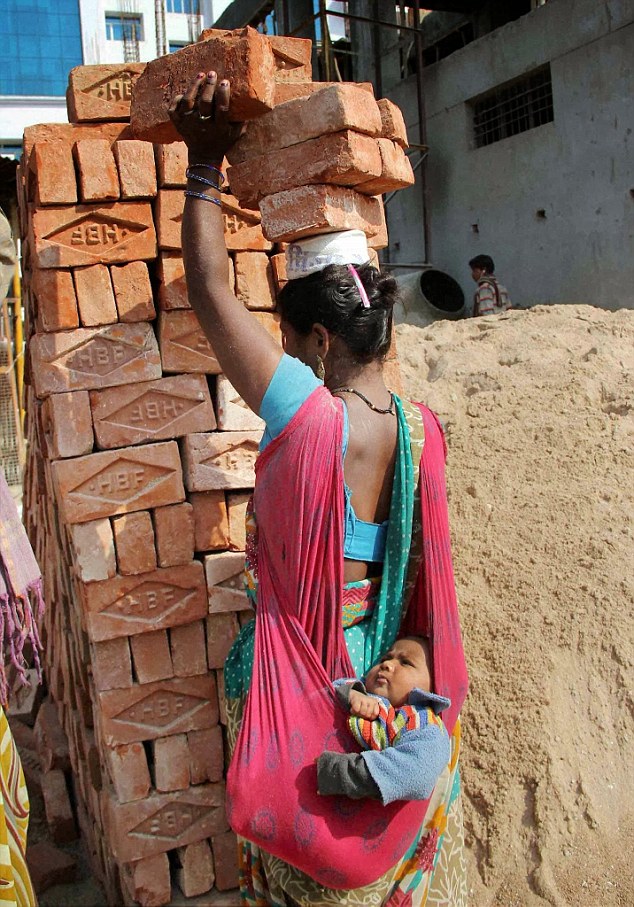

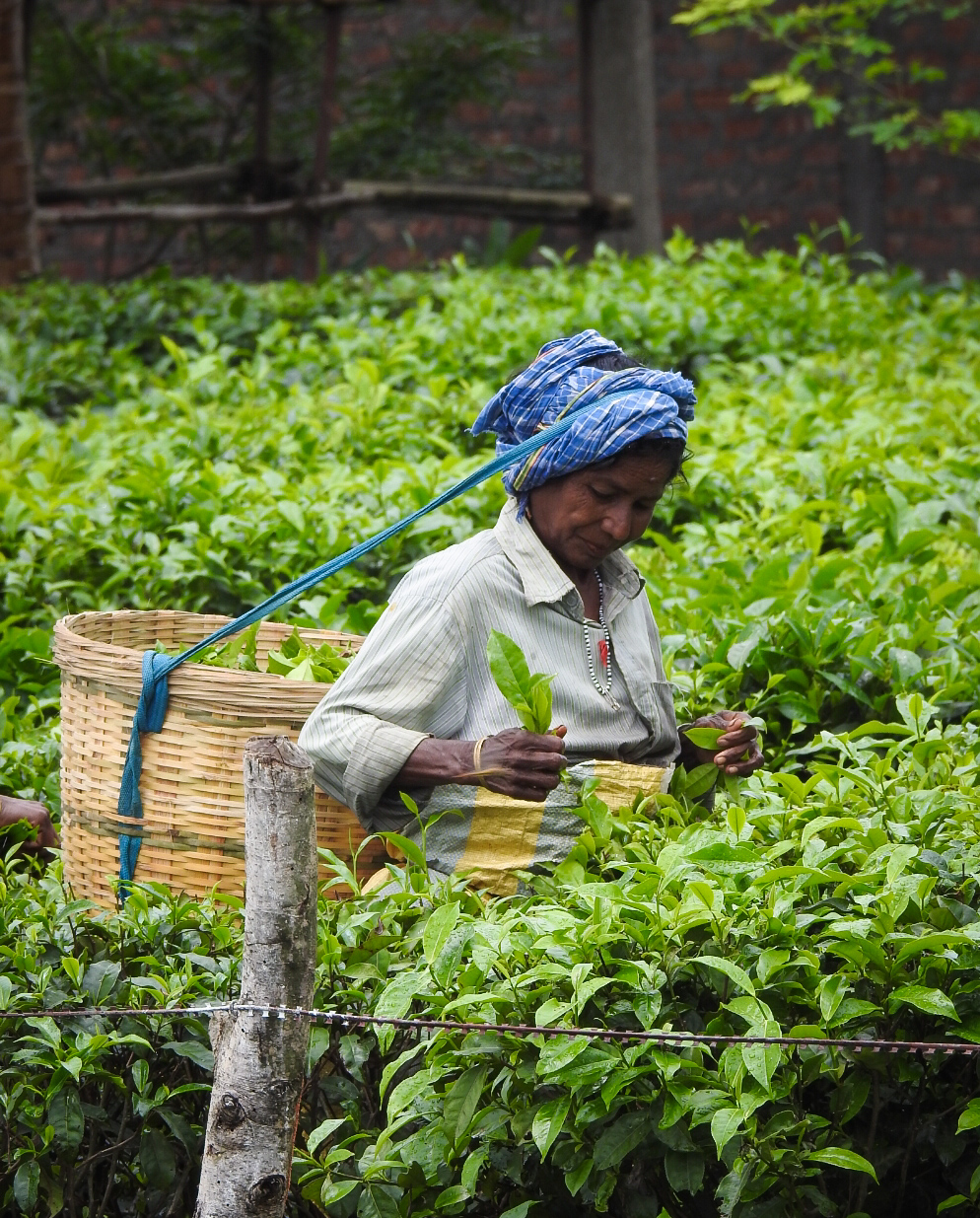



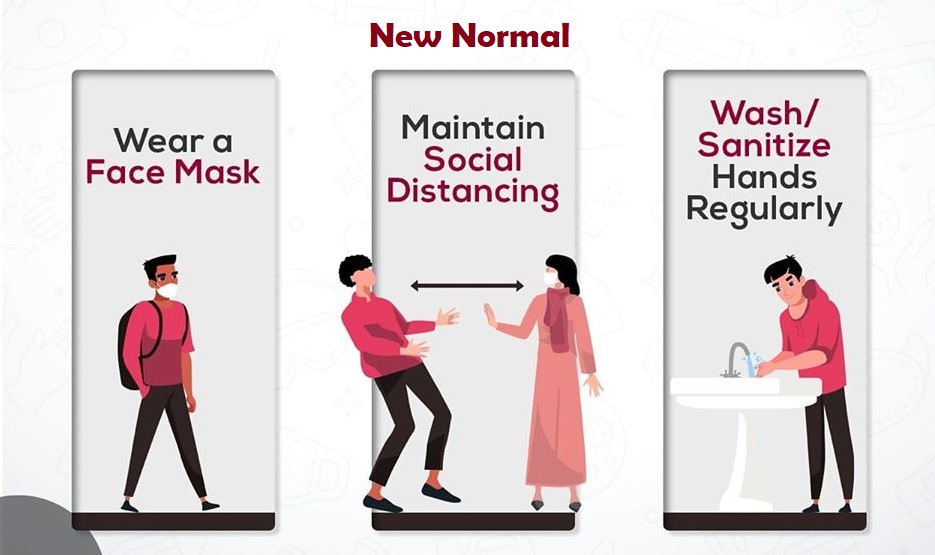
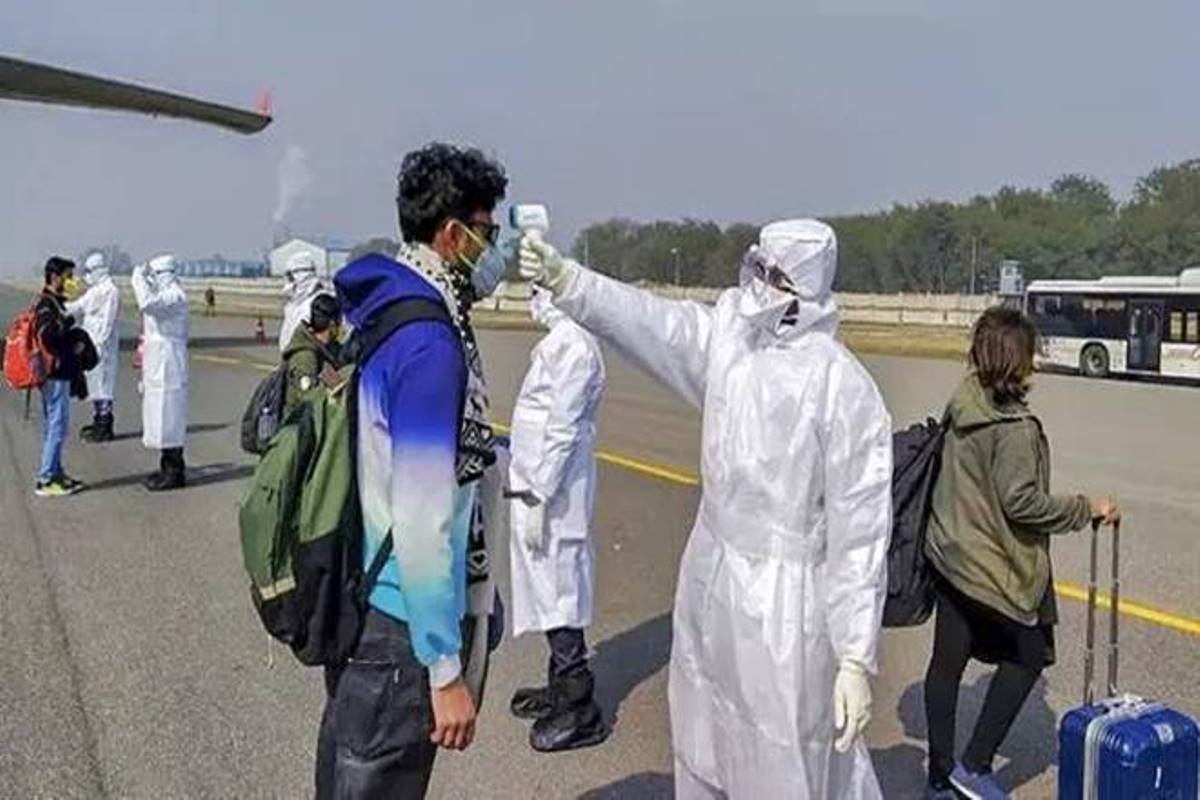


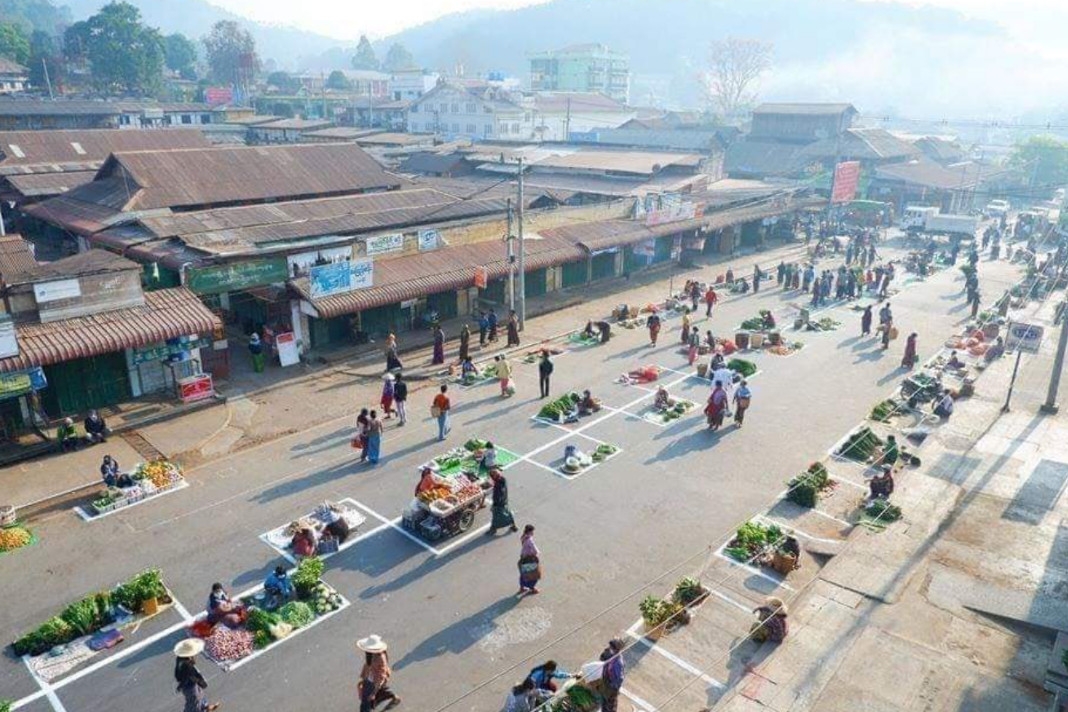
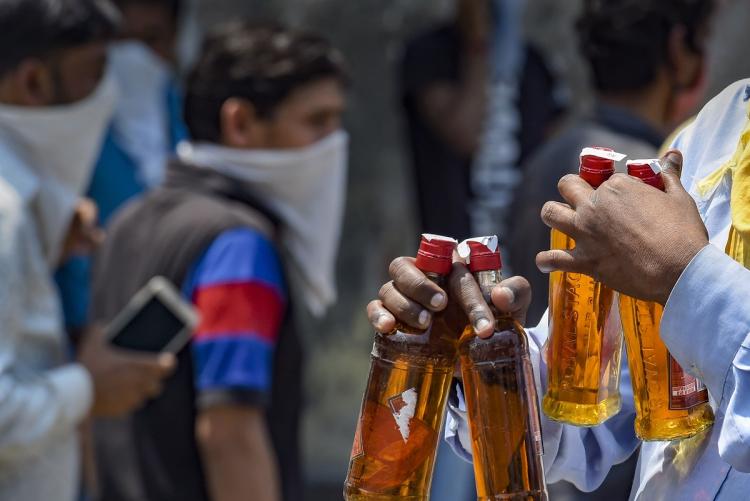
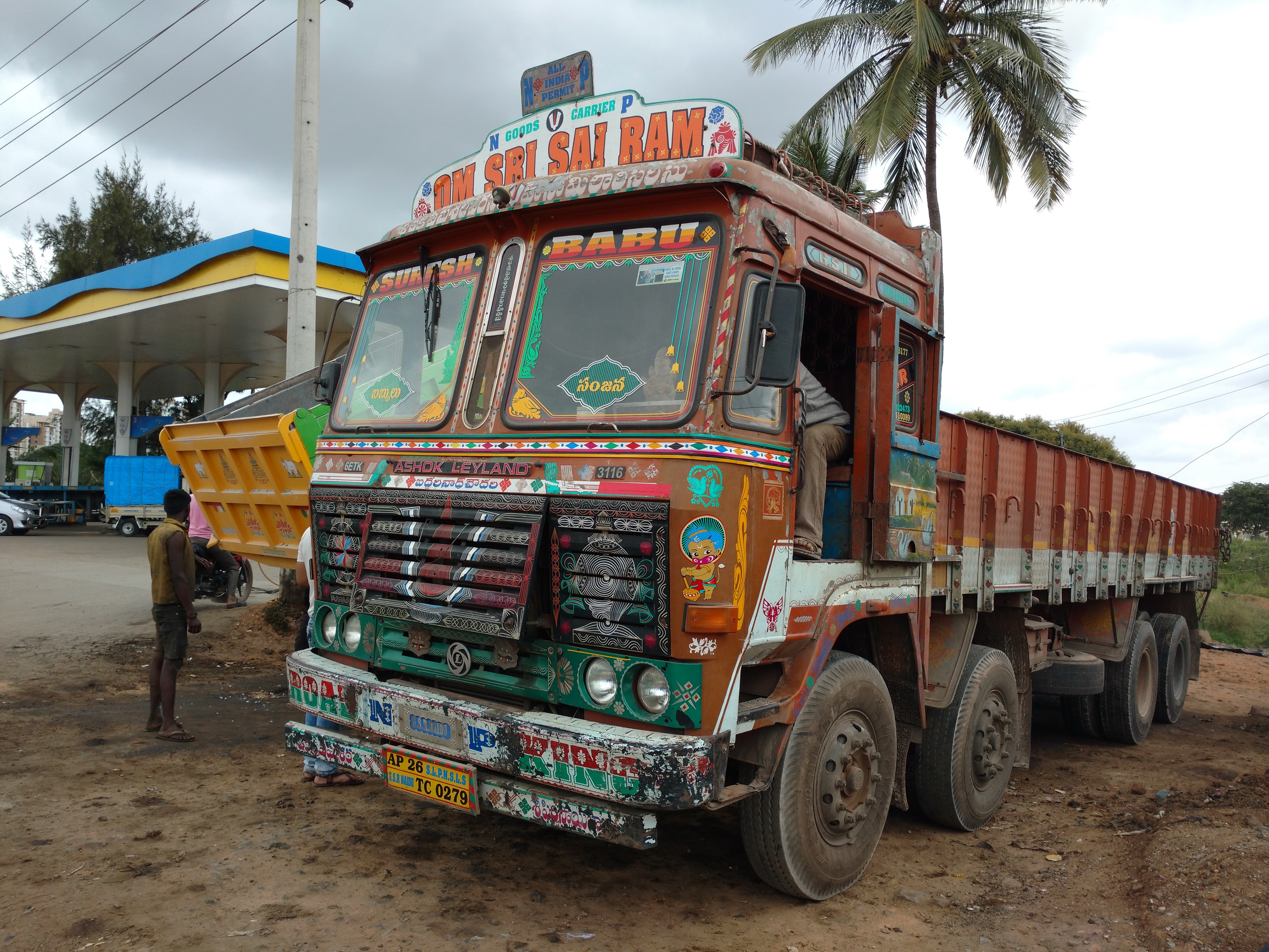

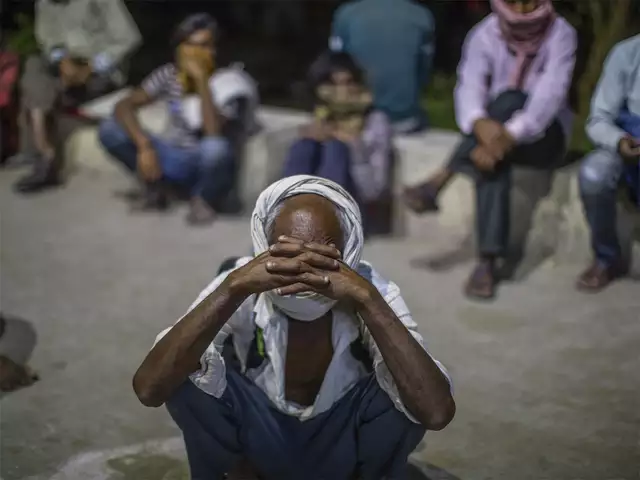
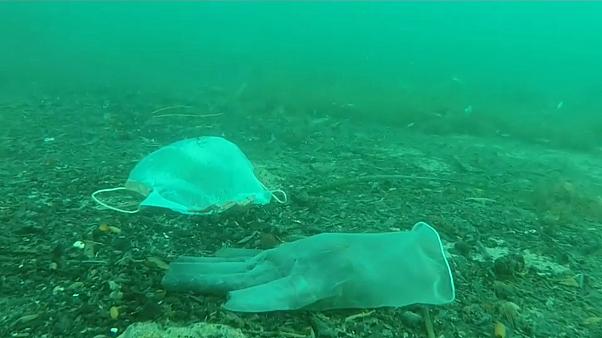
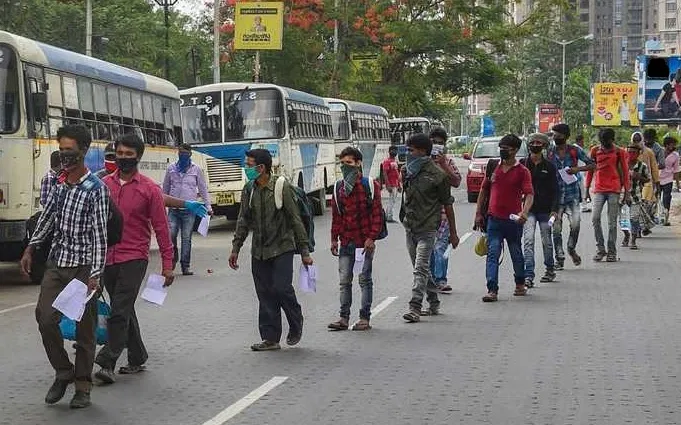



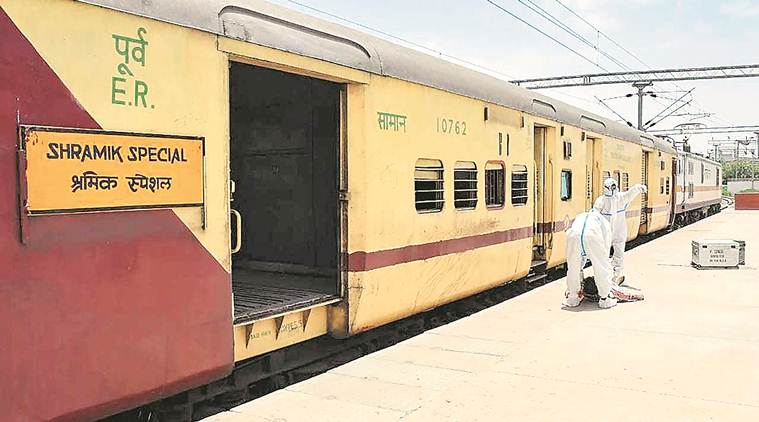

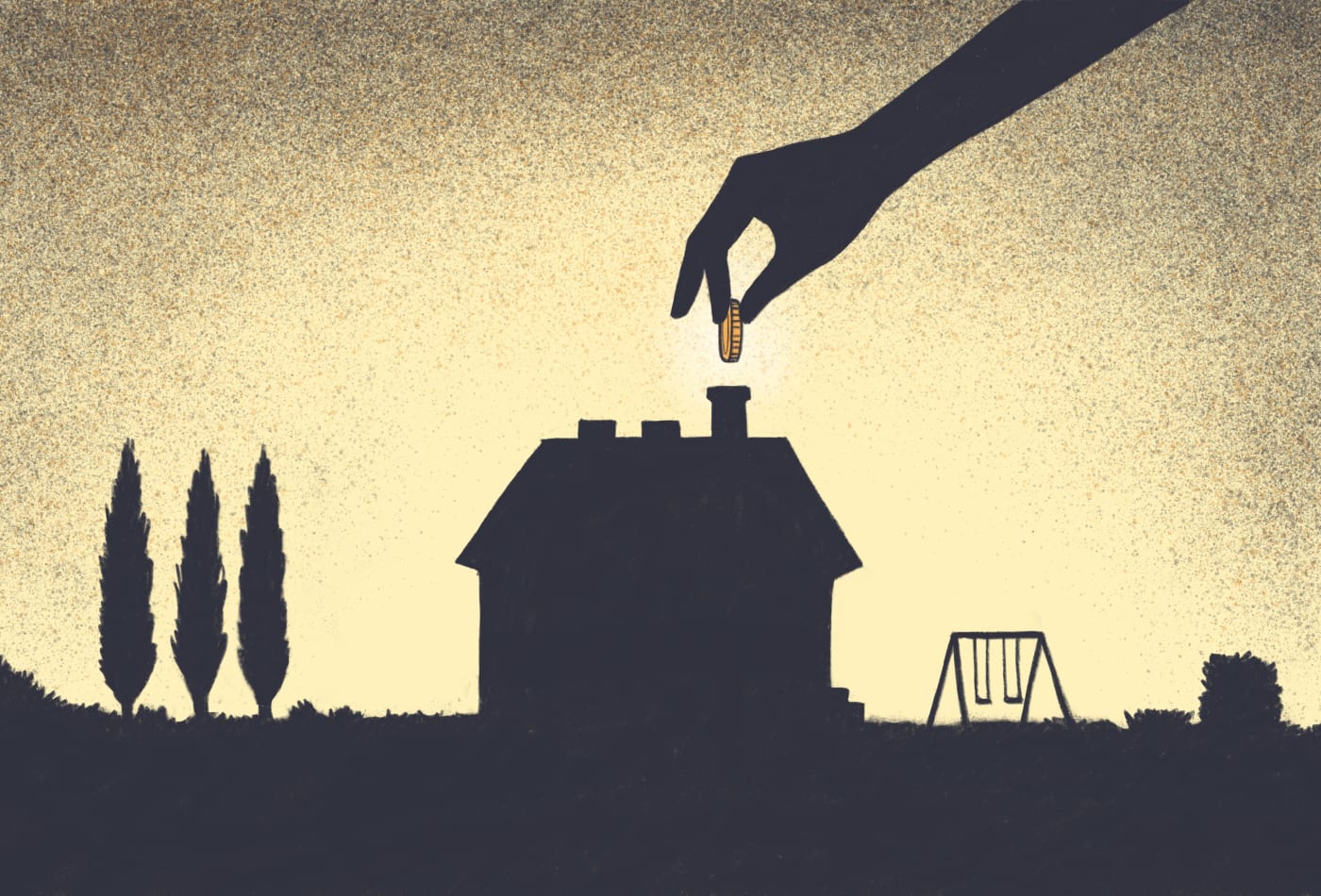


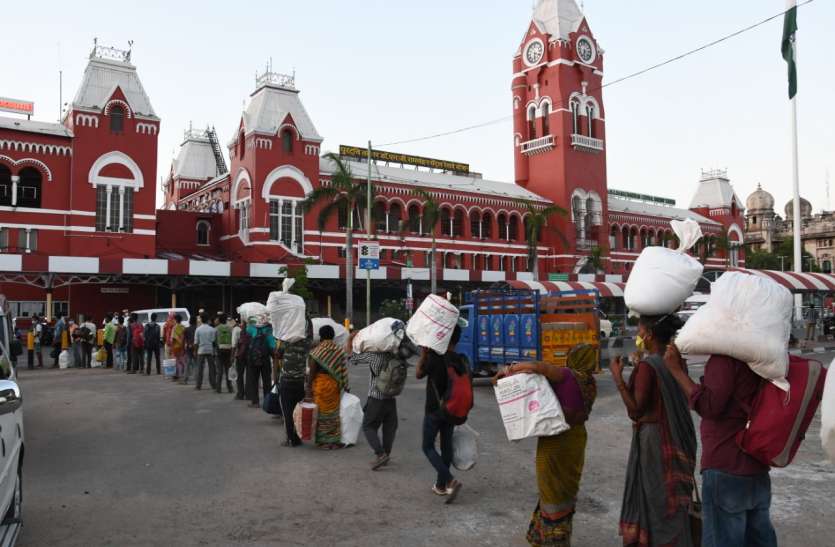
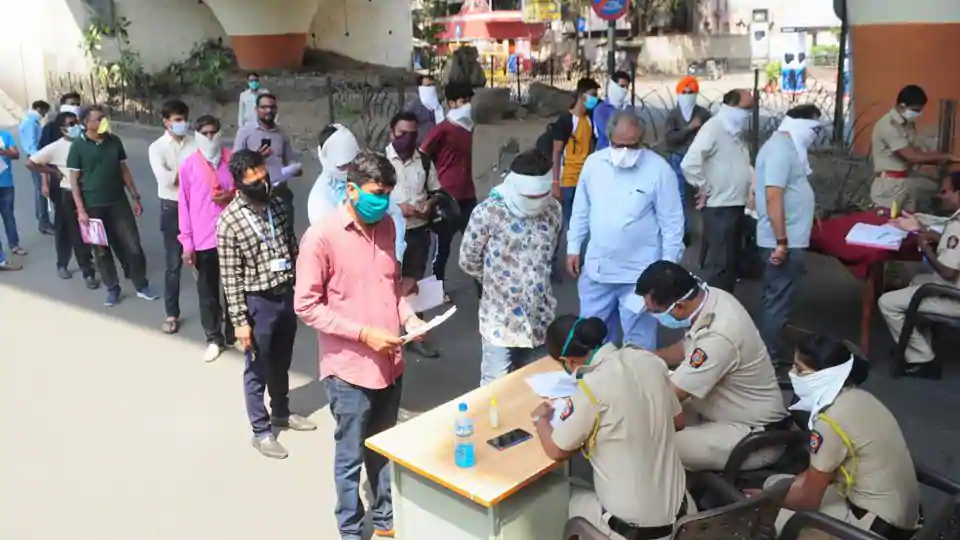
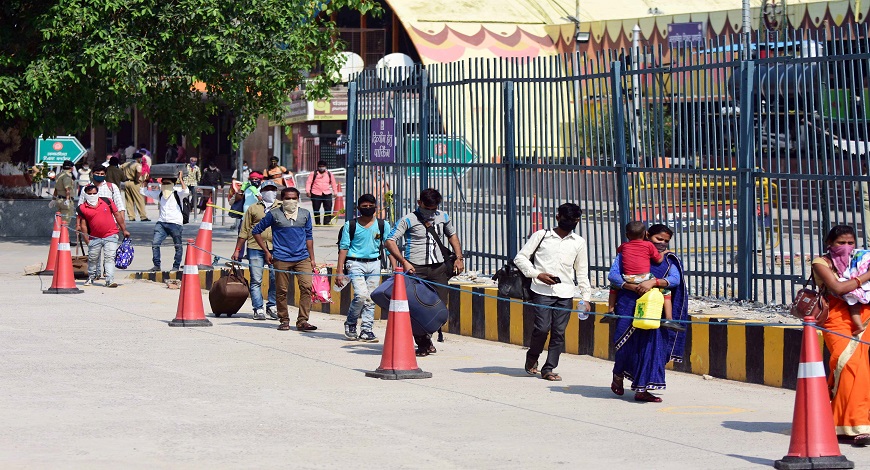
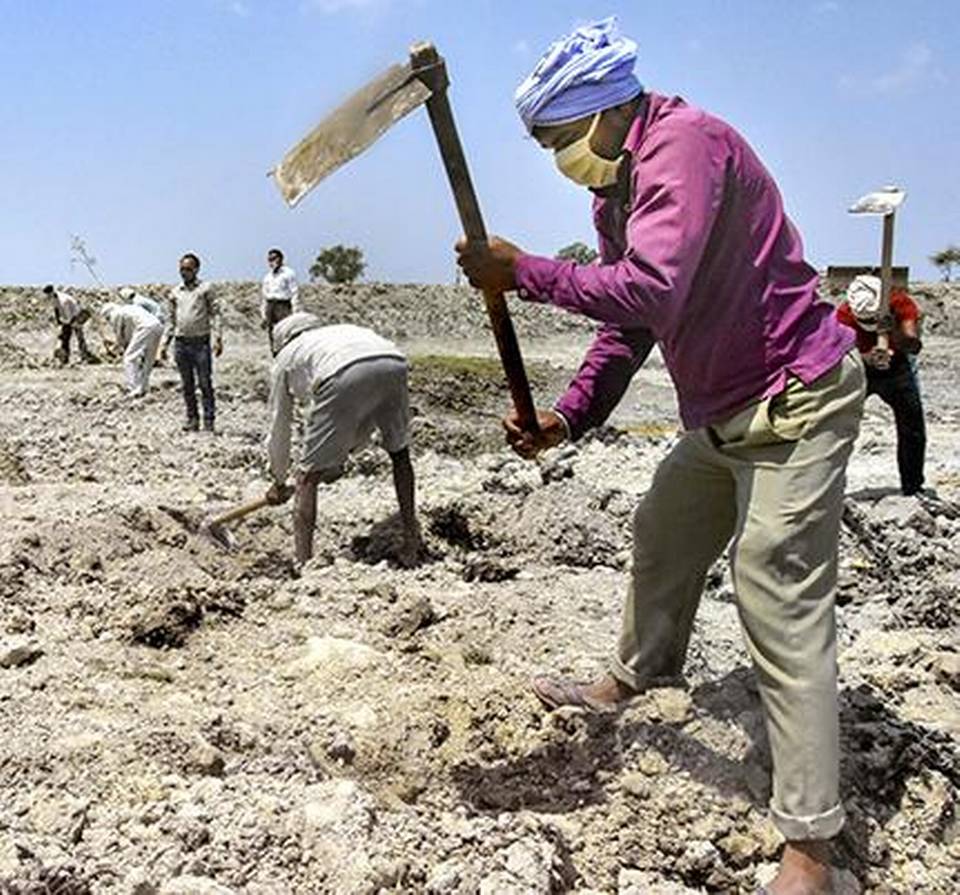
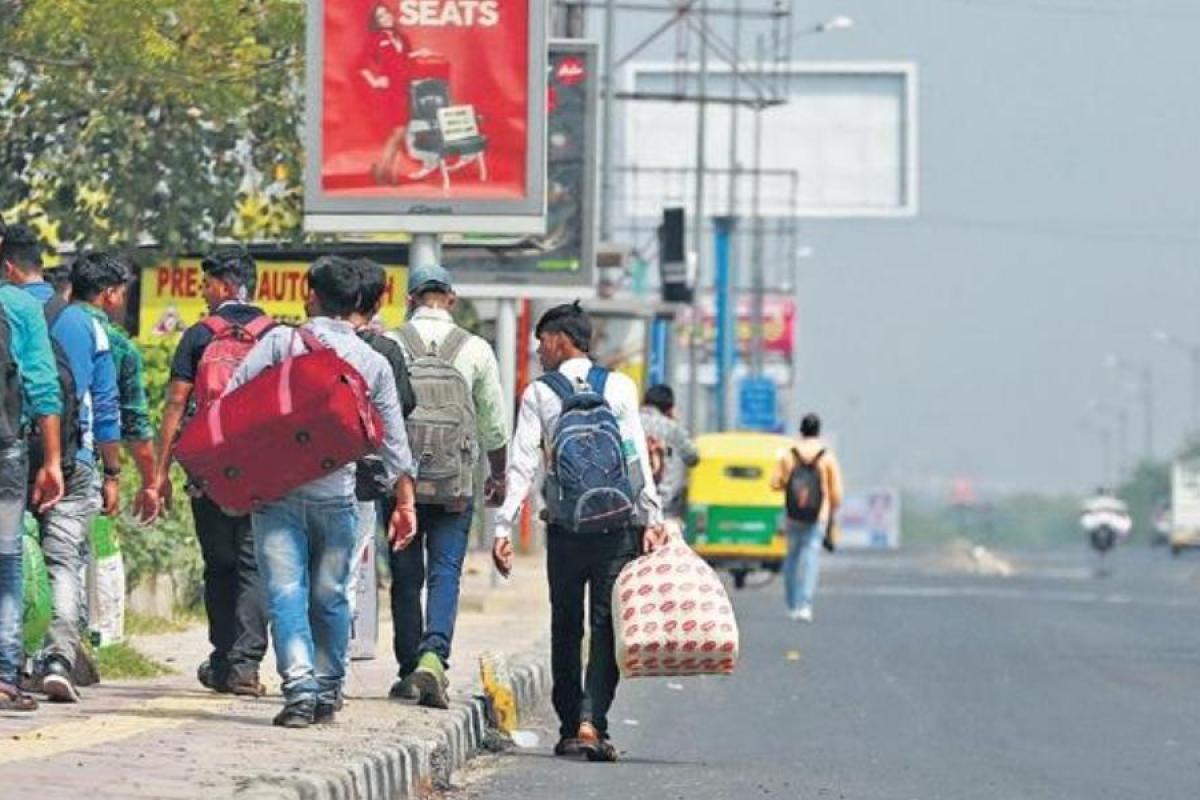
Pritiraj Brahma
Anamika Deb